The Netherlands, often referred to as the "flower shop of the world," is synonymous with tulips. These vibrant blooms have become an enduring symbol of Dutch culture, history, and horticultural expertise. Every spring, the Dutch landscape transforms into a mesmerizing patchwork of colors as millions of tulips burst into bloom. The sight is nothing short of magical, drawing visitors from across the globe to witness this natural spectacle.
The history of tulips in the Netherlands is as rich as the flowers themselves. Originally hailing from the mountainous regions of Central Asia, tulips were introduced to Europe in the 16th century. It was Carolus Clusius, a botanist at the University of Leiden, who planted the first tulip bulbs in Dutch soil in 1593. Little did he know that this act would spark a horticultural revolution. By the early 17th century, tulip mania had taken hold, with bulbs becoming so valuable they were used as currency. At the peak of this frenzy, a single bulb could fetch a price equivalent to a luxurious Amsterdam townhouse.
Today, the tulip remains deeply woven into the fabric of Dutch society. The flower has transcended its ornamental value to become a cultural icon, appearing in art, literature, and even on Delftware pottery. The Dutch have perfected the cultivation of tulips through centuries of innovation, developing thousands of varieties that range from classic single-colored blooms to exotic parrot and fringed tulips. This expertise has positioned the Netherlands as the world's leading exporter of tulip bulbs, shipping hundreds of millions annually to every corner of the globe.
Keukenhof Gardens stands as the crown jewel of Dutch tulip tourism. Spread across 32 hectares near Lisse, this floral paradise showcases approximately seven million bulbs each spring, with tulips taking center stage. The gardens employ a team of 30 gardeners who work year-round to create breathtaking displays that change annually. Visitors can wander through themed gardens, admire artistic floral arrangements, and gain inspiration from show gardens created by top Dutch florists. Keukenhof's influence extends beyond its gates, as its displays often predict global floral trends for the coming years.
The tulip trade represents a significant sector of the Dutch economy. The flower bulb industry generates billions of euros annually and supports thousands of jobs. The auction at Royal FloraHolland in Aalsmeer, the world's largest flower auction, sees millions of tulips traded daily during peak season. Dutch growers have developed sophisticated techniques to control flowering times, allowing tulips to be available nearly year-round. This technological mastery, combined with generations of breeding expertise, ensures the Netherlands maintains its position as the global leader in tulip production.
Beyond commerce, tulips play a vital role in Dutch cultural identity. The annual Tulip Festival in Amsterdam sees the city's public spaces transformed with colorful displays. Communities across the country celebrate spring with tulip-themed events, from flower parades to art exhibitions. The flower has even inspired architectural elements, with tulip motifs appearing in traditional Dutch design. For many Dutch people, the first tulip blooms signal the end of winter and the beginning of brighter days, making them more than just flowers - they're harbingers of hope and renewal.
The Dutch approach to tulip cultivation exemplifies sustainable agricultural practices. Growers have implemented innovative methods to reduce water usage and minimize pesticide application. Many farms now use biological pest control, employing beneficial insects to protect their crops. The industry has also made significant strides in energy efficiency, with greenhouses utilizing geothermal heating and LED lighting. These environmentally conscious practices ensure that the beauty of Dutch tulips doesn't come at the expense of the planet.
Tulip tourism contributes significantly to the Dutch economy, with visitors flocking to see the famous flower fields each spring. The Bollenstreek (Bulb Region) between Haarlem and Leiden becomes particularly popular, offering cycling routes through seas of colorful blooms. Local businesses capitalize on this seasonal influx, offering everything from tulip-picking experiences to floral workshops. The tourism sector has developed creative ways to extend the tulip season, with indoor shows and flower art installations attracting visitors even when the fields aren't in bloom.
The future of Dutch tulips looks bright, with ongoing research into new varieties and cultivation techniques. Scientists are working to develop tulips that can withstand changing climate conditions while maintaining their vibrant colors and shapes. There's growing interest in organic tulip cultivation and the development of varieties with enhanced longevity when cut. As the world becomes more environmentally conscious, Dutch growers are positioning themselves as leaders in sustainable floriculture, ensuring that the tulip remains relevant in a changing world.
From their dramatic history to their current global dominance, Dutch tulips represent far more than beautiful flowers. They embody centuries of horticultural innovation, cultural significance, and economic importance. As the Netherlands continues to evolve its approach to tulip cultivation and presentation, these iconic blooms will undoubtedly maintain their special place in gardens and hearts worldwide. The tulip's journey from wildflower to global phenomenon is a testament to Dutch ingenuity and the universal appeal of nature's beauty.
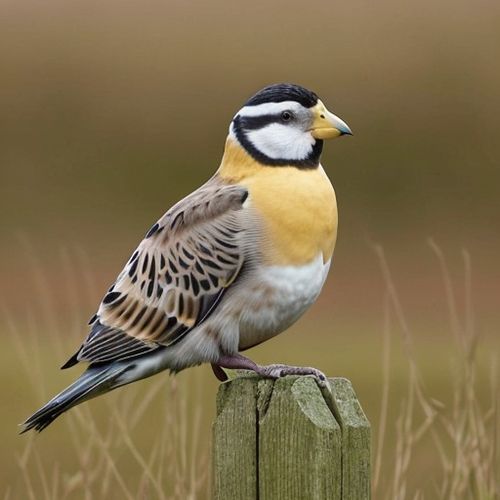
By Victoria Gonzalez/Apr 14, 2025

By Samuel Cooper/Apr 14, 2025
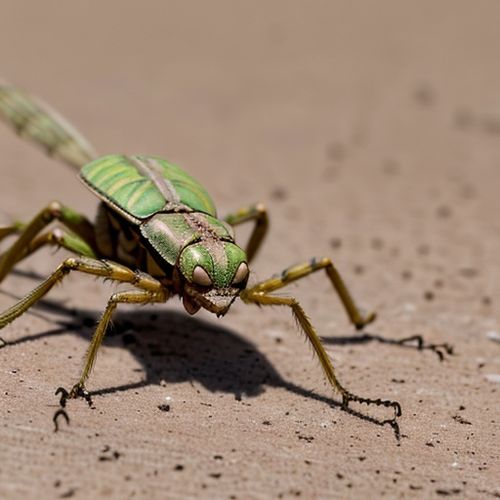
By William Miller/Apr 14, 2025

By Emma Thompson/Apr 14, 2025

By Lily Simpson/Apr 14, 2025

By Emily Johnson/Apr 14, 2025

By George Bailey/Apr 14, 2025
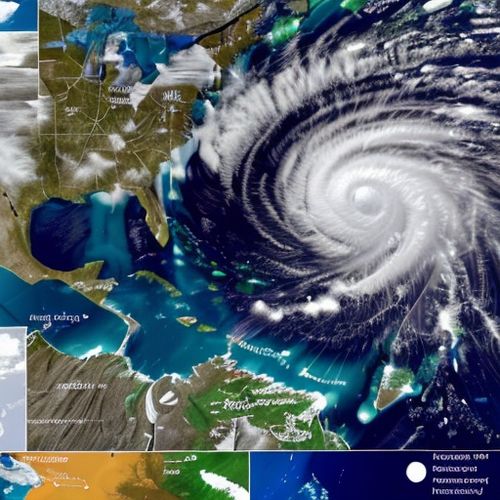
By Sarah Davis/Apr 14, 2025
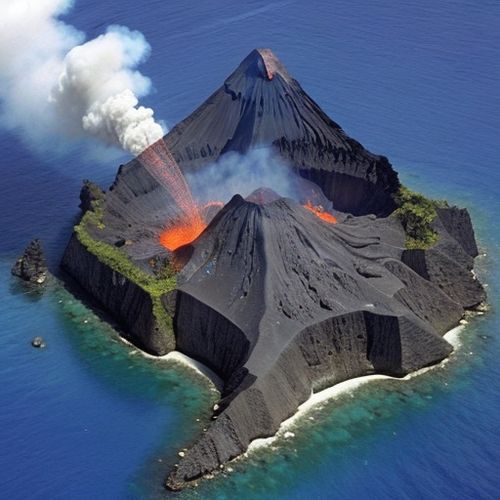
By Grace Cox/Apr 14, 2025
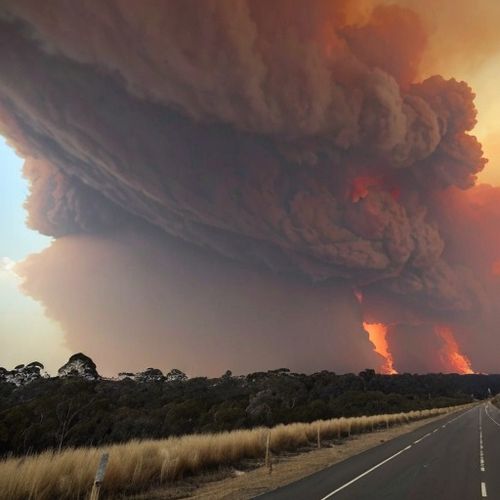
By Natalie Campbell/Apr 14, 2025
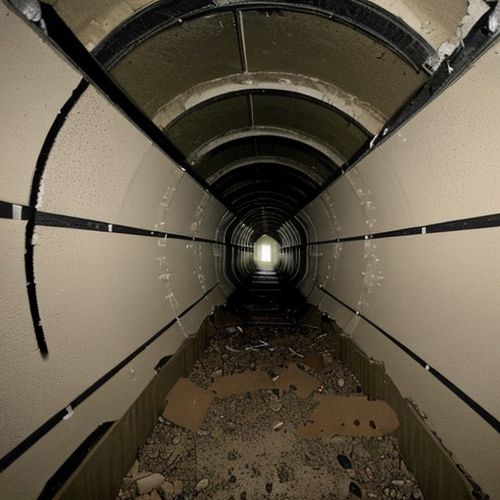
By Christopher Harris/Apr 14, 2025
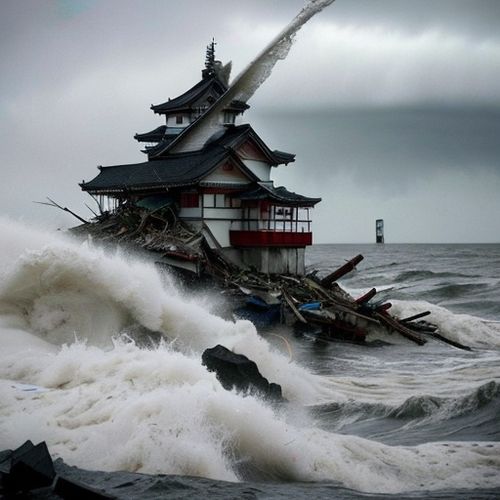
By Rebecca Stewart/Apr 14, 2025

By Joshua Howard/Apr 14, 2025

By Jessica Lee/Apr 14, 2025

By Eric Ward/Apr 14, 2025
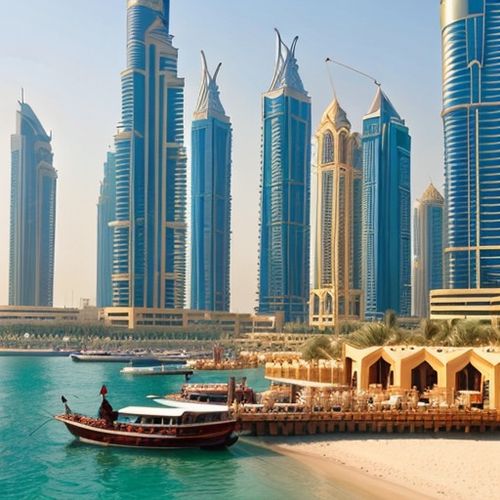
By Lily Simpson/Apr 14, 2025
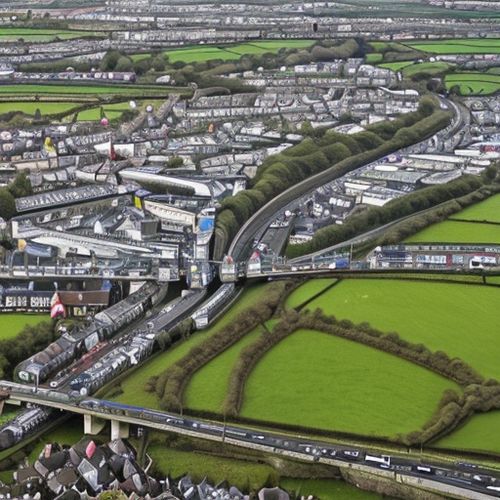
By William Miller/Apr 14, 2025

By Olivia Reed/Apr 14, 2025

By William Miller/Apr 14, 2025